Installing solar lights at homes has become an increasingly popular choice for homeowners seeking an eco-friendly and cost-effective lighting solution. Solar energy is harnessed by these solar-powered lights to provide a reliable source of illumination after sunset. As solar technology advances, the efficiency and functionality of these lights have improved, making them a sensible alternative to traditional electric lighting. They offer the advantage of reduced energy bills and minimal environmental impact, as they rely on the sun, an abundant and renewable energy source.
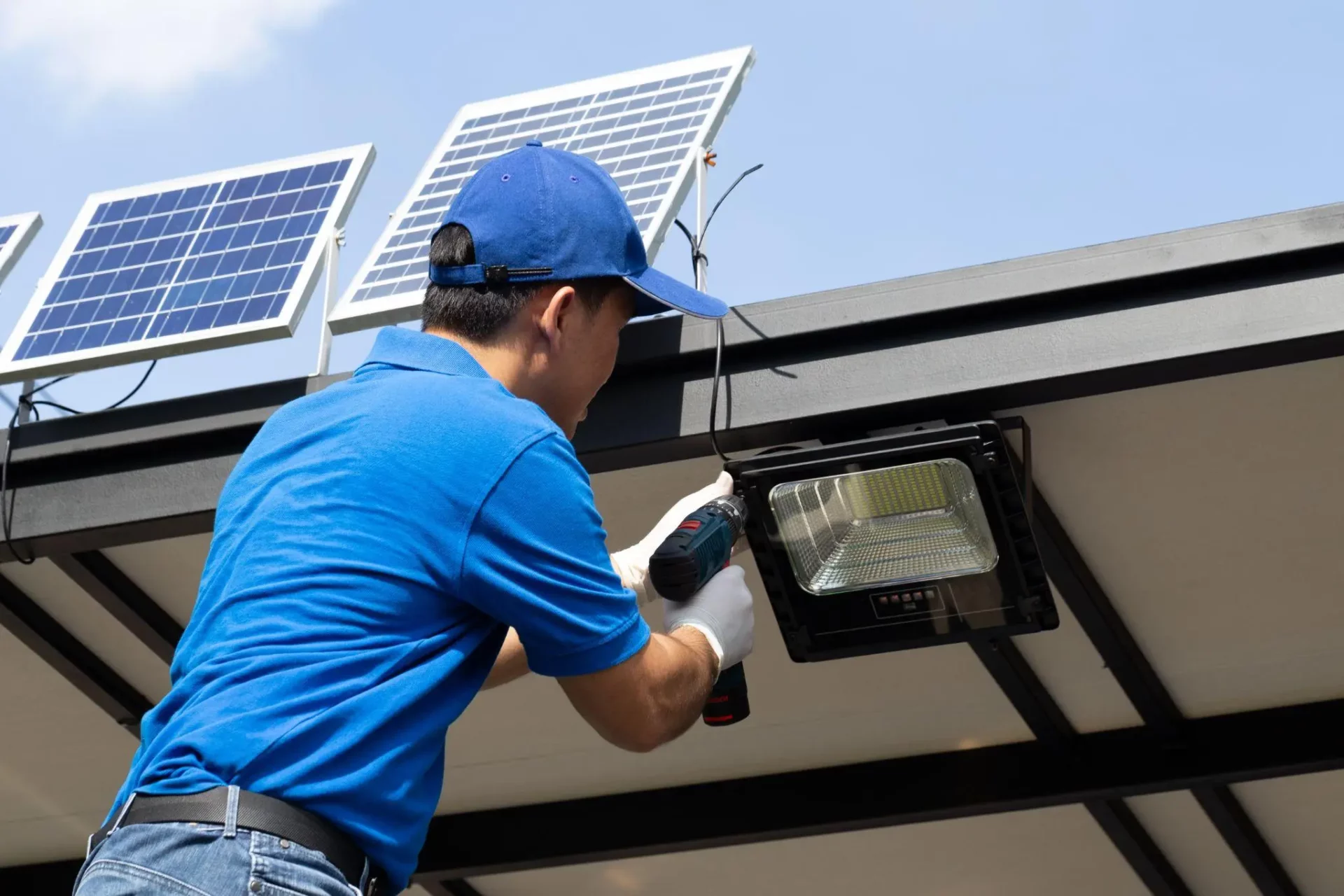
The installation process of solar lights is relatively straightforward and does not typically require professional assistance, which further adds to their appeal. It involves selecting an appropriate location that receives ample sunlight during the day to ensure the solar panels can charge effectively. Attention to positioning is crucial as the performance of solar lights is directly dependent on the amount of solar energy they receive.
Individuals interested in adopting solar lighting must consider factors such as the specific type of solar lights suitable for their space, the tools required for installation, and the proper mounting techniques to secure the lights. Solar lights are designed to be low-maintenance and durable, making them a practical addition to any outdoor area. By integrating solar lights into their homes, individuals not only enhance outdoor visibility and safety but also contribute positively to environmental conservation efforts.
Solar lights are a cost-effective and sustainable means of illumination. They are increasingly popular due to their diverse styles and the benefits they offer in reducing energy costs.
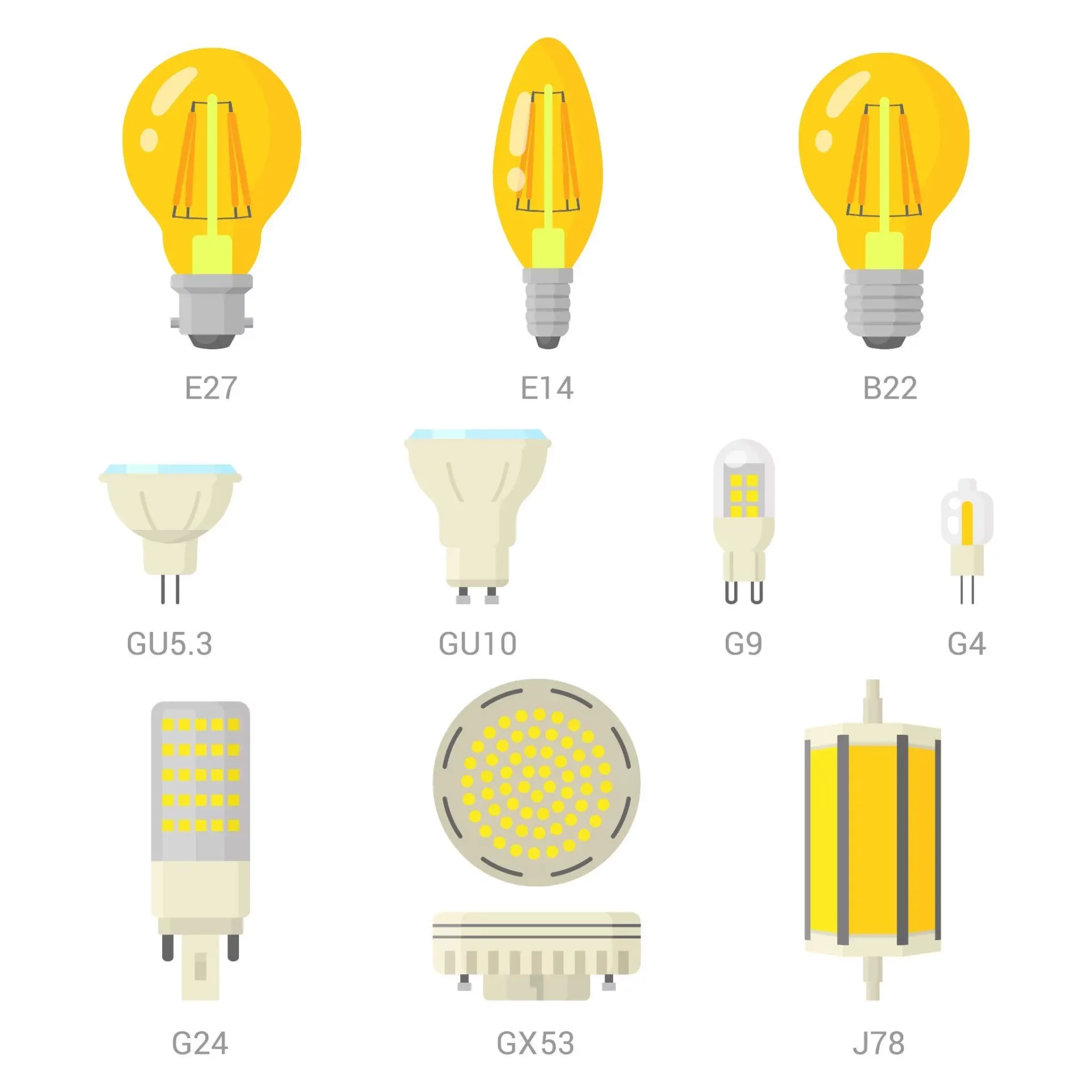
Solar lights come in various styles tailored for different applications. Some common types include:
The operation of solar lights involves several key components:
Solar lights function by harnessing sunlight during the day, converting it into electrical power, and storing it in batteries. This energy is then used to power the lighting after dusk.
Solar lighting offers several advantages:
They represent a sustainable alternative that not only illuminates spaces but also contributes to a greener environment.
Before installing solar lights, it is critical to evaluate the layout of the outdoor space, determine the optimal positioning for the lights, and ensure sufficient sun exposure for adequate charging throughout the day.
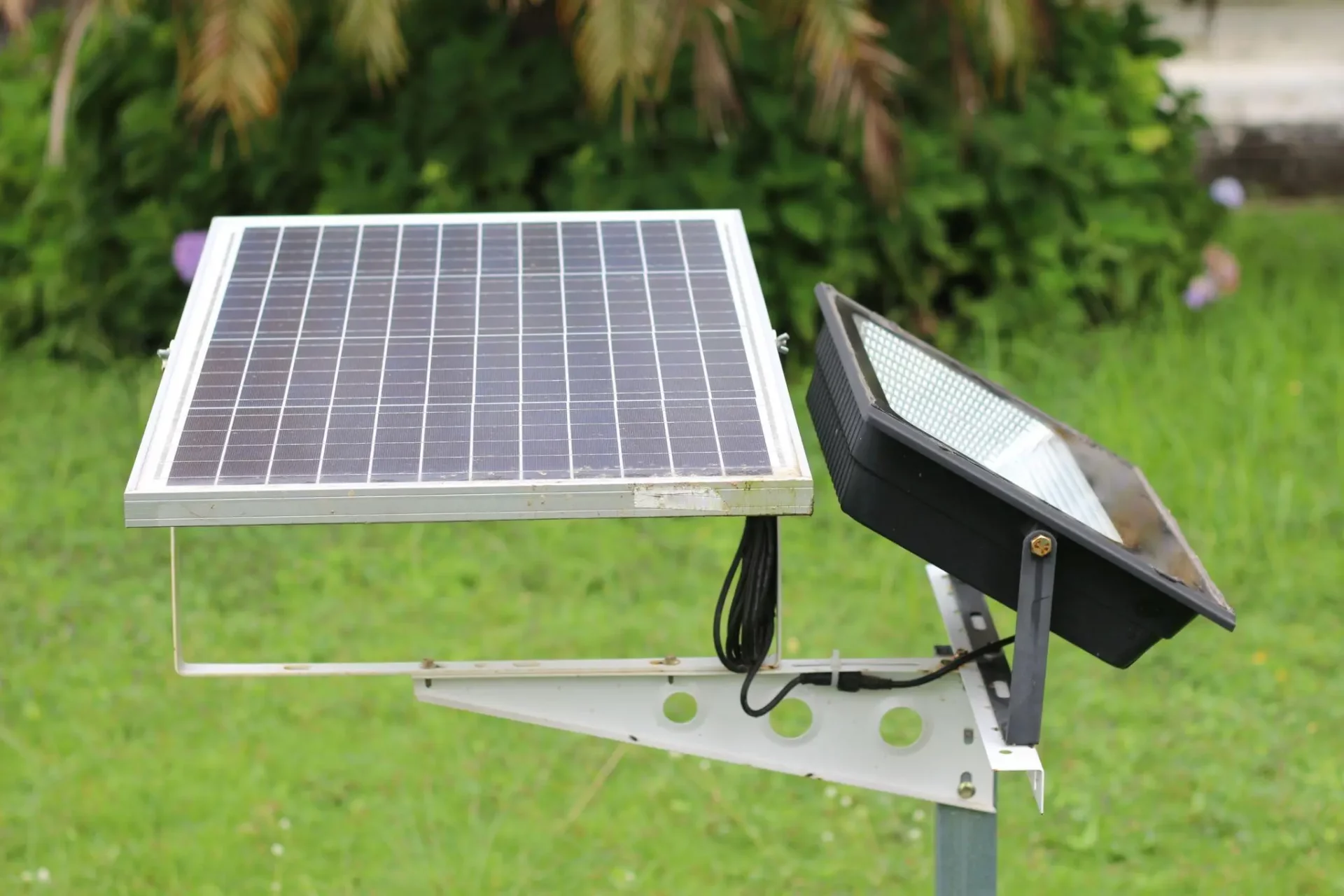
When planning for solar lights, one must consider the specific characteristics of their outdoor space. This involves analyzing landscaping elements, such as trees and garden features, which can impact where the lights should be placed. They should also evaluate the existing walkways and areas that require illumination after dark.
The positioning of solar lights is crucial for functional and aesthetic reasons. They should complement the home’s outdoor design and be placed strategically to illuminate walkways, highlight landscaping, or accentuate key features of the garden. Correct positioning ensures the lights blend seamlessly with the environment and serve their purpose effectively.
For solar lights to function properly, they must receive ample direct sunlight to charge efficiently during the day. One should identify locations that are exposed to unobstructed sunlight for the majority of the day. It is essential to avoid shaded areas, especially those created by trees or buildings, which could hinder the solar panels from charging fully.
Proper installation of solar lights is crucial for their optimal functioning. This section provides a comprehensive guide on the tools required, step-by-step instructions for installation, and important safety considerations.
Tools and hardware may vary based on the specific model of solar light and its mounting requirements.
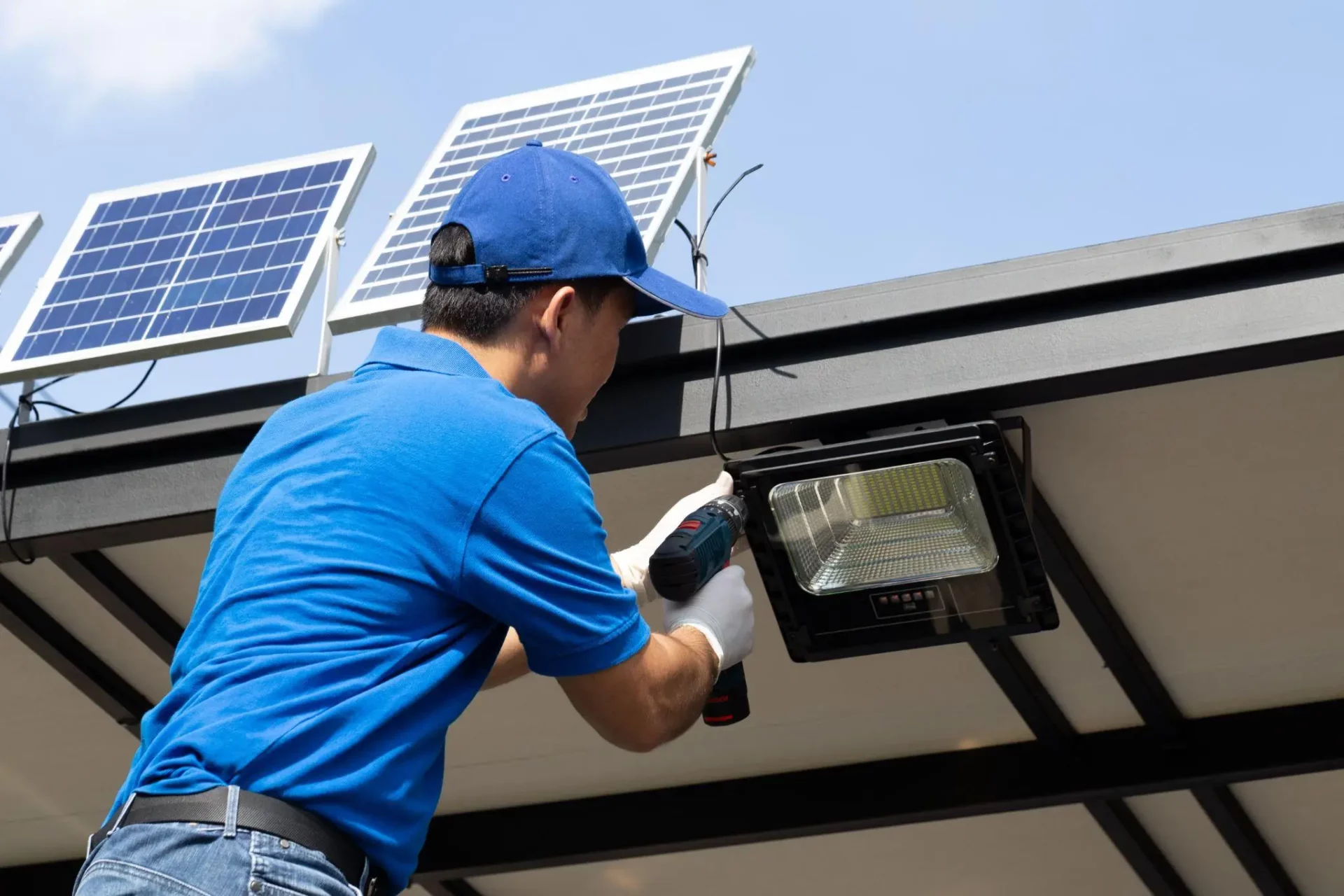
Safety should always come first, so if one is unsure about the DIY installation, one should consult an expert or seek professional help.
To ensure the best performance from solar lights, homeowners should focus on regular maintenance and promptly addressing any issues. Proper care extends the lifespan of the units and maintains optimal lighting efficiency.
Regular maintenance is critical for the longevity and effectiveness of outdoor solar lights. Homeowners should:
○Remove debris, dust, or snow with a soft cloth or brush.
○Use soapy water for a more thorough cleaning.
When solar lights underperform, several factors could be at play. Homeowners can take the following steps:
●Light not turning on:
○Check if the solar panel is receiving sunlight.
○Ensure the unit is not overshadowed by trees or buildings.
○Inspect wiring and connections for security lights; fix any loose wiring.
●Dim light:
○Clean the solar panel to remove obstruction that reduces light exposure.
○Check for adequate battery charge; replace if necessary.
●Inconsistent performance:
○Reset the lights by turning them off and leaving them to charge for 2 days.
○Replace LEDs if they have become dim over time.
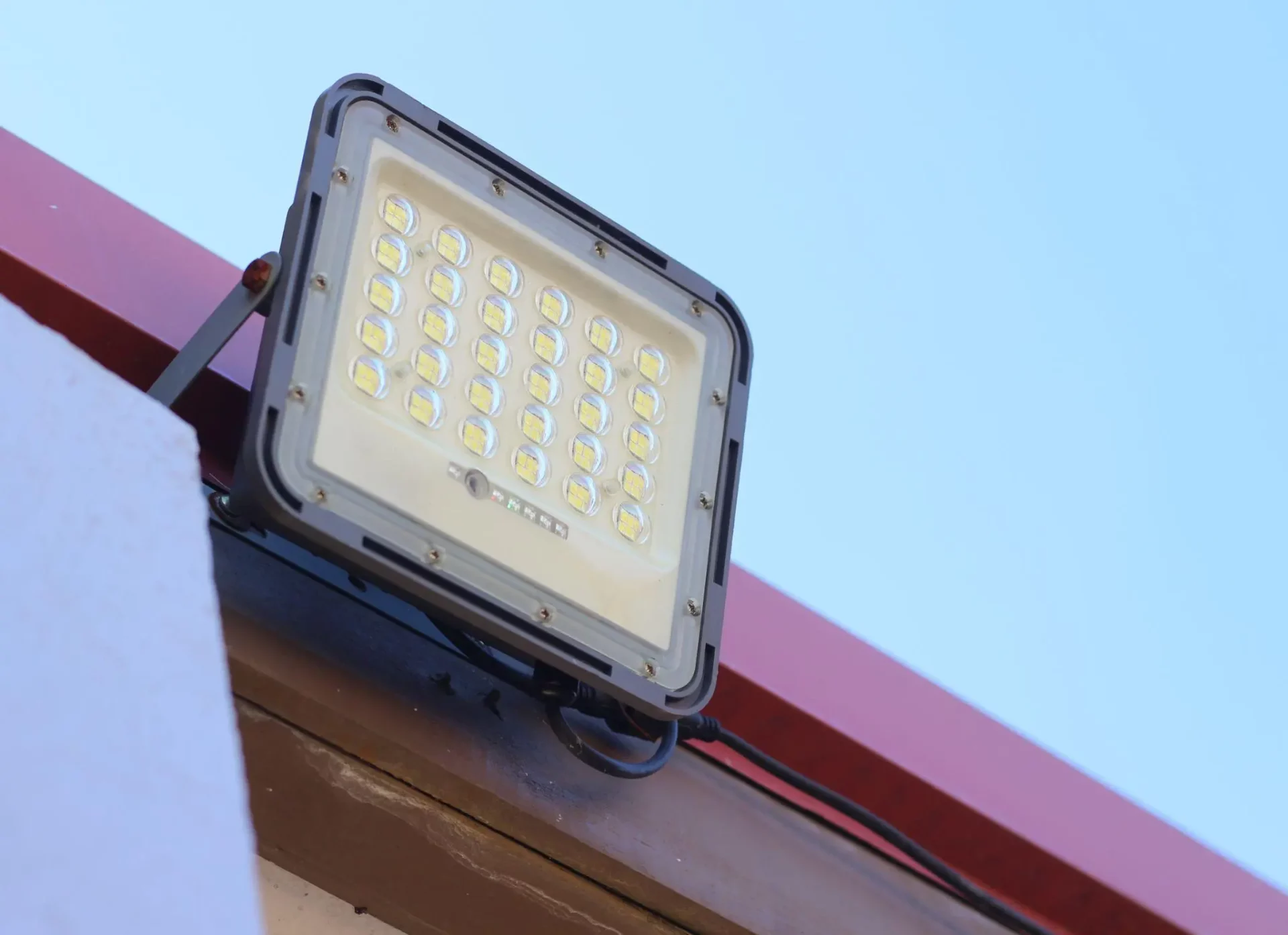
Enhancing solar lights involves accessorizing for aesthetic appeal and upgrading components for improved performance. These upgrades can range from simple additions to the light fixtures to technical improvements in the solar panels.
Solar light fixtures can be enhanced with a variety of accessories to suit homeowners’ preferences. String lights can add a whimsical touch to gardens and patios. For those with shaded areas, remote panels can be installed in sunnier locations to ensure that the solar cells receive adequate light. It’s also possible to add motion sensors, which help conserve energy by only activating the lights when needed.
Upgrading the solar panels involved in solar lighting systems can increase their efficiency and energy output. When selecting solar cells, one should consider panels with higher wattage, which can store more power and thus illuminate the lights for longer periods. For light fixtures placed in locations that receive less direct sunlight, one might consider investing in advanced solar panels that have improved low-light performance.
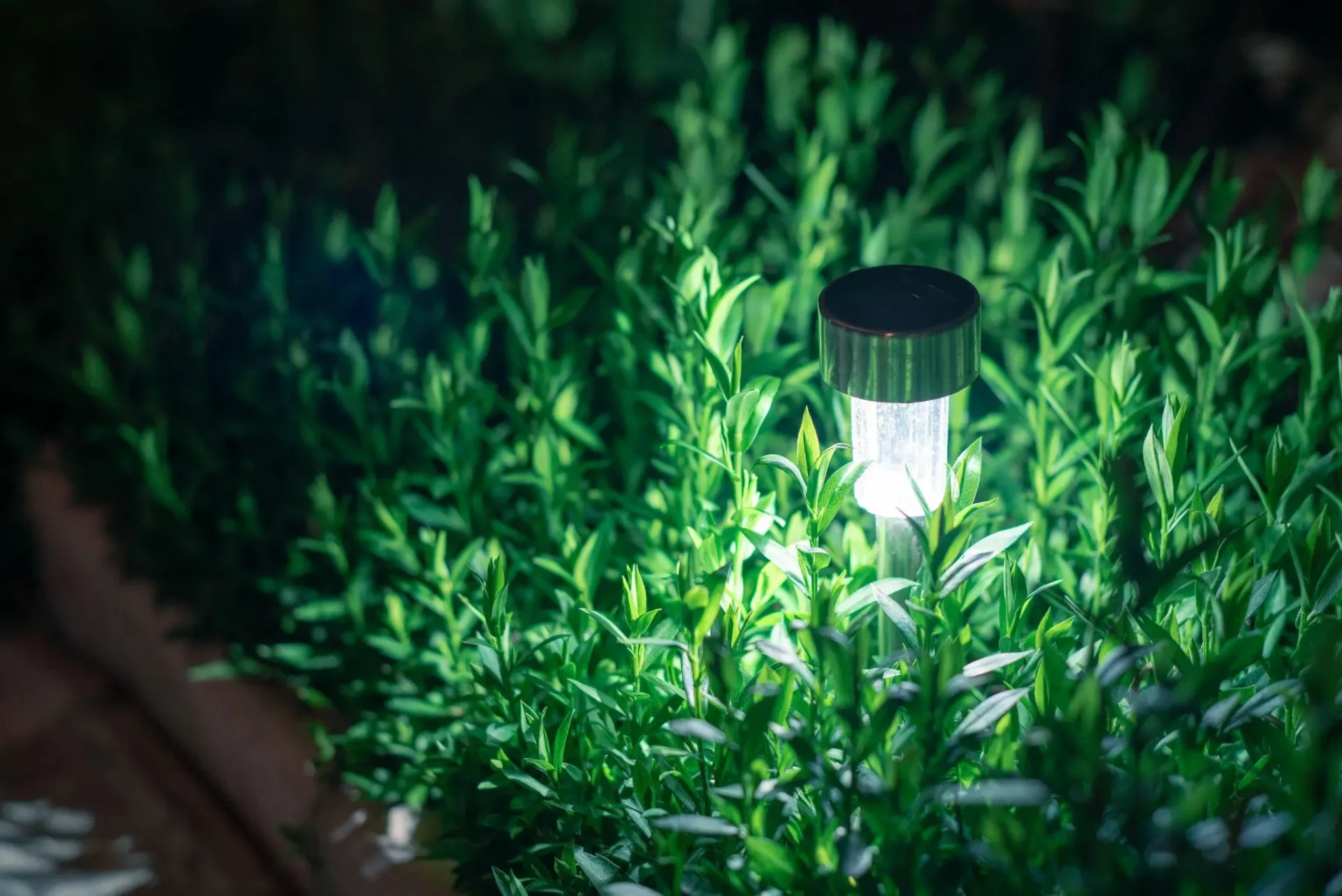
Incorporating solar lights into your home’s design not only enhances its appeal but also aligns with eco-friendly practices. The selection of lighting styles and thoughtful landscape integration are crucial for achieving aesthetic harmony and utility.
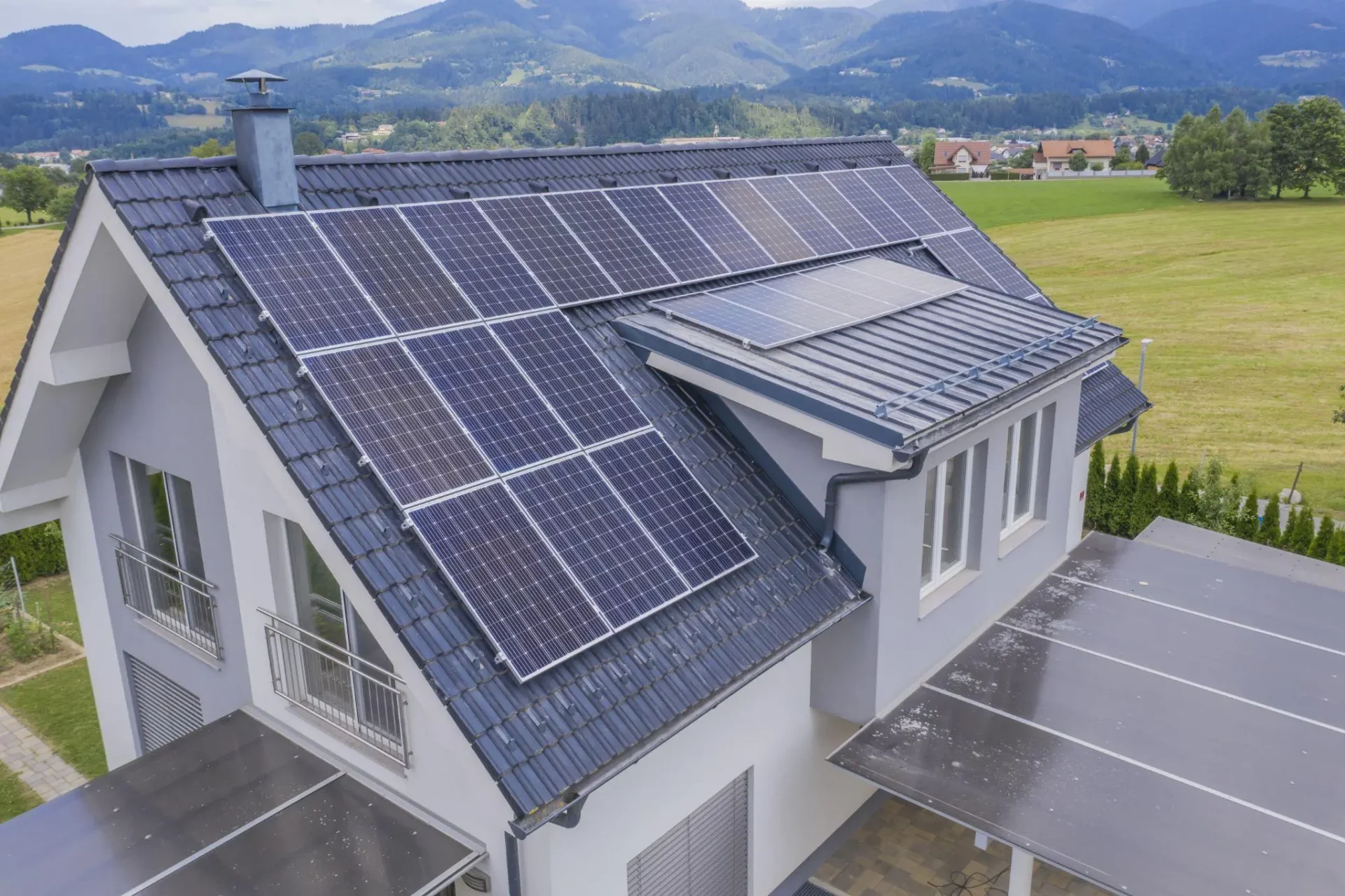
Installing solar lights at home is a strategic decision that can significantly influence both the economy of the household and the health of the environment. These impacts can be mainly observed through long-term reductions in energy costs and advancements in eco-friendliness and sustainability.
By using solar panels for home lighting, homeowners can see a substantial decrease in their electricity bills. This is due to the solar panels converting sunlight, an abundant and free resource, into electricity, thereby lessening the dependence on grid power. The initial investment in solar technology is offset over time by the energy costs saved.
Solar lights contribute to an eco-friendly home by harnessing renewable energy, which reduces the reliance on non-renewable energy sources that have a higher environmental impact. These environmentally friendly systems help in lowering carbon emissions, a benefit to the larger ecosystem.
By focusing on these economic and environmental impacts, homeowners can understand the significant benefits that accompany the installation of solar lighting systems.
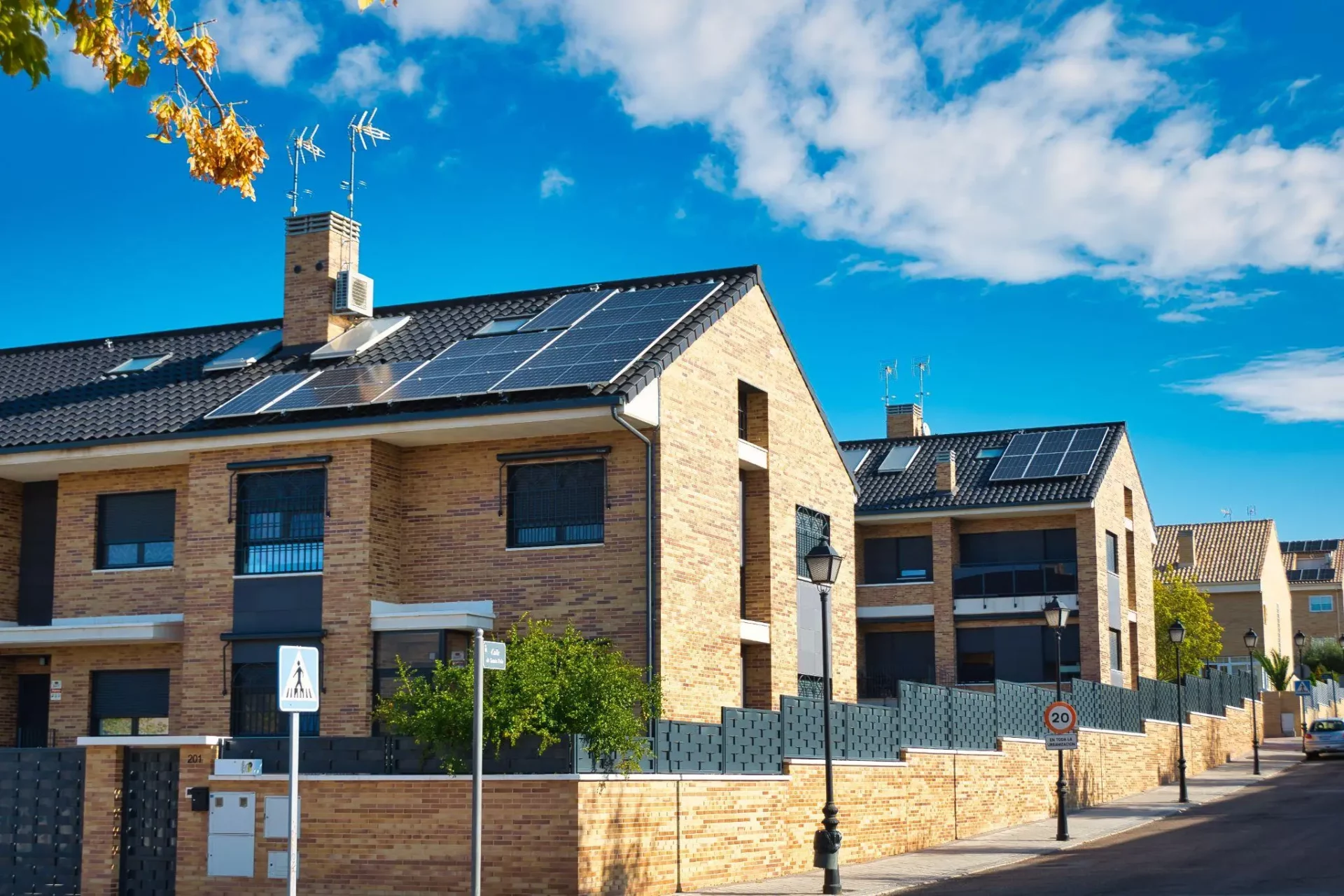
In the endeavor to harness solar energy for home lighting, homeowners are empowered to make a sustainable choice. Installing solar lights is a straightforward process that offers both environmental and economic benefits. One should start by selecting a location with ample sunlight and minimal shading. The southern exposure is often ideal for maximum sun coverage.
The essential steps include:
After successful installation, homeowners enjoy reduced energy bills and contribute to a lowered carbon footprint. It’s important to follow the manufacturer’s instructions and local regulations during installation to ensure safety and optimal performance.